The bottom line is that staff turnover is expensive and managers should be doing everything they can to reduce it. Discover the top 5 staff retention strategies in the current climate, to reduce employee turnover.
- Work-Life Balance
Be careful of employees working to the point of having an unhealthy work-life balance. Many workers will want to impress and get-ahead but ultimately it will harm their well-being and productivity. Stressed and overworked employees will be likely to have higher sickness and absence levels.
One of the top reasons staff stay in their jobs is a healthy work-life balance. More companies are starting to offer a 4-day workweek. This is a big step to take but it shows how important a healthy work-life balance is becoming. An easy way to start is to offer your staff a paid day off for their birthday.
- Flexible Working
During the pandemic, many workers enjoyed the freedom of flexible working and now expect to retain this perk, especially senior-level staff.
With such a high level of competition for candidates presently, it’s important to offer top talent what they’re asking for, if possible.
- Professional Development
LinkedIn’s ‘Annual Workplace Learning Report’ found that 94% of employees said that they would stay at a company longer if it invested in their professional development.
Almost all your employees want to upskill! This is good news as it means they are ambitious and curious; these are great attributes to have in your staff. Reward them with quality training and they will stay with you for longer.
Professional development is an investment that will pay for itself over time.
- Improve Onboarding
If there’s no onboarding process at your organisation, this often leads to a higher staff turnover rate and reduced productivity levels. If you have an onboarding process but you’re losing new hires within a few months, this is a good indication that it’s ineffective.
How do you improve your onboarding process? The first step is to keep in touch with your new hire between receiving the signed offer and welcoming them on their first day. This will reduce the competition snatching them away from you during this period.
Often managers will feel like they don’t have time to fully complete your onboarding process, however if you make it mandatory it will let them know how important it is.
Be sure to capture your new hire’s excitement for the role by giving them clear insight into what’s expected of them during their first month. Make sure that they have someone who they can go to at any time for support, if they find they need help.
- Employee Surveys
Many organisations survey their staff on an annual basis, if at all. To monitor staff turnover risks, if you have a large number of employees, they should be surveyed on a monthly basis if possible.
Regular communication with your employees is especially important during times of change. Surveying your staff once a year would not have been adequate during the covid pandemic for example.
- Appreciation
A Gallop poll found that 65% of employee felt underappreciated in their role. How do you know if your staff are feeling underappreciated? A lack of enthusiasm about their role is a good indicator that they’re feeling this way.
The most important aspect of appreciation from managers is the need to be authentic and sincere. Making the recognition public will improve its impact, for example an annual awards ceremony.
How do your employee retention strategies compare? Can you use any of the top 5 staff retention strategies in the current climate to reduce your staff turnover?
Contact 2i Recruit


